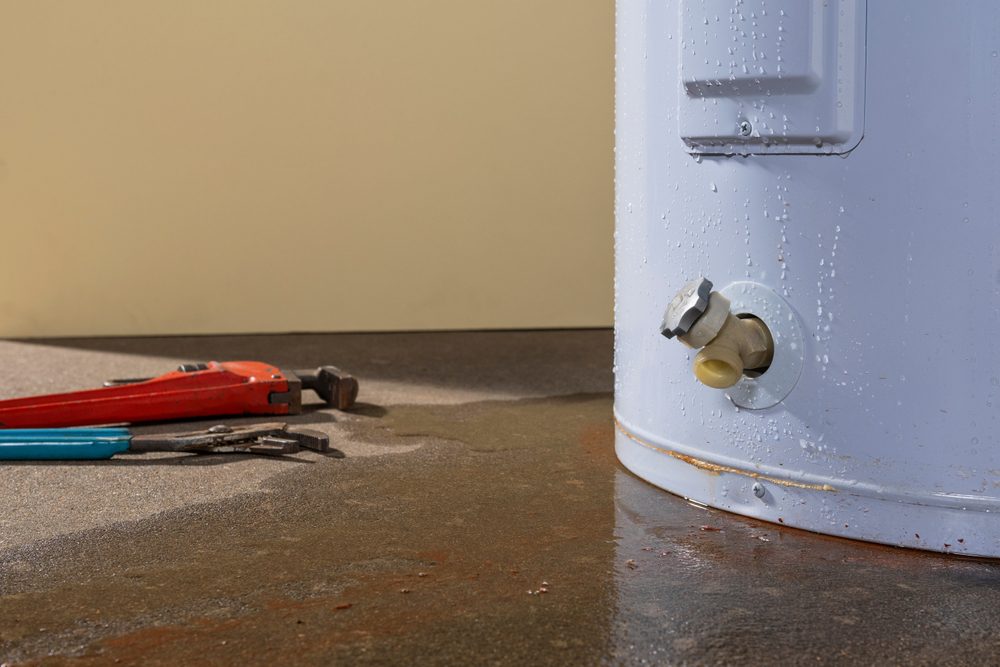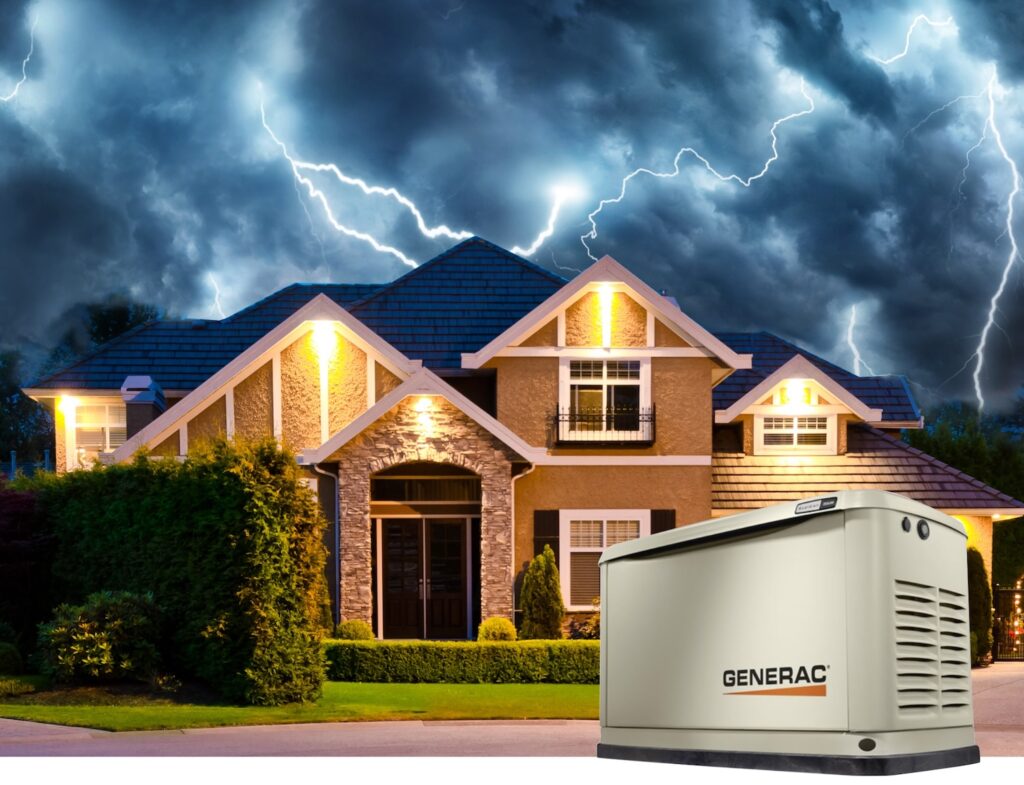Blog
Water Heater Drain Pans: Benefits, Applications, and Issues

A water heater drain pan is an essential component in any plumbing system, offering protection against water damage by capturing leaks to prevent overflow. A water heater drip pan is versatile and suitable for traditional and tankless water heaters. When properly utilized and maintained, drain pans play a vital role in safeguarding properties against water-related emergencies.
What is a Water Heater Drain Pan?
A water heater drain pan is a shallow metal or plastic container designed to catch leaks or overflow from a water heater. These pans are installed beneath water heaters to:
- Contain leaks or overflow
- Prevent water damage
- Serve as a visual indicator of an underlying problem
Top Types of Setups
Water heater drain pans come in various types and setups, each tailored to specific plumbing configurations and installation requirements.
What is a floor-mounted drain pan?
These are the most basic type of drain pans and are typically installed directly beneath the water heater on the floor.
What is a wall-mounted drain pan?
When space is limited or floor drainage is impractical, wall-mounted drain pans are installed on the wall behind the water heater.
What is a overhead drain pan?
These drain pans are installed above the water heater and are often used in commercial or industrial settings where floor space is at a premium.
What is a combination drain pan?
Some drain pans are designed to serve multiple functions, such as combining a drain pan with a condensate drain line for tankless water heaters or HVAC systems.

Early Indicators of Issues
Recognizing early signs of potential problems with water heater drain pans is crucial for preventing extensive damage and costly repairs.
- Pooling water: If water accumulates in the drain pan, it could indicate a leak or overflow from the water heater.
- Rust or corrosion: Corrosion or rust spots on the drain pan may indicate deterioration of the material, potentially compromising its effectiveness in containing leaks.
- Cracks or damage: Visible cracks or damage to the drain pan can compromise its structural integrity and ability to contain leaks.
- Moisture or mold: Moisture or mold growth around the drain pan area could signal a persistent leak that requires immediate attention.
Read More: What Are the Hidden Costs of Working With a Bad Electrician or Contractor?
How to Install a Water Heater Drip Pan
Installing a water heater drip pan is a straightforward process that can be completed by following a few simple steps:
- Select the appropriate size and type: Begin by choosing a drip pan that matches the dimensions of your water heater and meets any specific requirements, such as material or configuration.
- Prepare the installation area: Clear the area beneath the water heater and ensure it is clean and free from debris.
- Position the drip pan: Place the drip pan directly beneath the water heater, ensuring it is centered and level.
- Secure the drip pan: Depending on the type of drip pan, secure it in place using appropriate fasteners or adhesive. Ensure the drip pan is firmly attached to prevent movement or displacement.
- Connect the drain line (if applicable): If the drip pan includes a drain line, connect it to an appropriate drainage system to safely dispose of captured water. Ensure the drain line is properly installed and free of obstructions.
- Test for leaks: Once the drip pan is installed, perform a test to ensure it effectively captures any leaks or overflow from the water heater.
Why Do I Have Water in My Water Heater Drain Pan? 5 Reasons and Ways to Respond
Water heater drain pans identify several common reasons why water may accumulate in the drain pan:
1. Pressure Relief Valve Leakage
If the pressure relief valve on the water heater is faulty or experiencing excess pressure, it may release water into the drain pan as a safety measure. This indicates a potential issue with the water heater's pressure regulation system that requires attention.
2. Corrosion Or Deterioration
Over time, the water heater's tank or components may corrode or deteriorate, leading to leaks that result in water accumulation in the water heater drain pan. Regular inspection and maintenance are essential to identify and address any signs of corrosion early.
3. Sediment Buildup
Sediment accumulation inside the water heater tank can cause overheating and pressure buildup, leading to leaks or overflow. Flushing the water heater regularly helps remove sediment and prevent potential issues with water accumulation in the drain pan.
4. High Water Pressure
Excessively high water pressure in the plumbing system can cause leaks or overflow from the water heater, resulting in water accumulation in your water heater drain pan. Installing a pressure regulator can help regulate water pressure and prevent such issues.
5. Faulty Installation Or Connections
Improper installation or loose connections in the water heater's plumbing system can result in leaks that lead to water accumulation in the drain pan. Ensuring proper installation and regular inspection of connections can help prevent these issues.
Insecure Pipe Connection
When pipes leading to or from the water heater are improperly installed or have loose connections, they can leak water into the surrounding area, causing the water heater drip pan to fill up.
- Improper installation: Pipes installed incorrectly or securely may develop leaks over time, leading to water accumulation in the drain pan.
- Wear and tear: Over time, pipes may experience wear and tear, causing connections to loosen and potentially leak water.
- Fluctuations in water pressure: Water pressure changes within the plumbing system can put unnecessary stress on pipe connections, increasing the likelihood of leaks.
Defective Valve
If the pressure relief valve is defective or malfunctioning, it may continuously release water into the drain pan, leading to water accumulation.
- Deterioration over time: The pressure relief valve may degrade over time due to wear and tear, reducing its effectiveness and causing it to malfunction.
- Mineral buildup: Mineral deposits from hard water can accumulate inside the valve, interfering with its operation and preventing it from closing properly after releasing pressure.
- Improper installation: Incorrect installation of the pressure relief valve can affect its performance and lead to water leakage into the drain pan.
Corrosion in the Water Tank
Over time, the interior of the water tank can corrode due to various factors, including exposure to minerals in the water, high temperatures, and the presence of oxygen. Unfortunately, once the water tank starts to deteriorate, water can start to leak into the hot water heater pan.
- High mineral content in water: Hard water with a high concentration of minerals like calcium and magnesium can accelerate corrosion within the water tank, leading to the degradation of metal surfaces over time.
- Excessive temperatures: Elevated temperatures inside the water tank can accelerate chemical reactions that promote corrosion, particularly in areas with stagnant water or sediment buildup.
- Oxygen exposure: Oxygen in the water can react with metal surfaces, leading to oxidation and corrosion over time, particularly in vulnerable areas such as welds or seams.
Read More: Does a Gas Water Heater Need Electricity to Operate?
Condensation in the Flue
Under certain conditions, such as when the flue gases are cooler than the surrounding air, condensation can form inside the flue pipes.
- Temperature differentials: Flue gases exiting the water heater may be significantly hotter than the surrounding air, leading to rapid cooling and condensation formation inside the flue pipes.
- High humidity levels: Elevated humidity levels in the surrounding environment can exacerbate condensation issues within the flue, particularly in areas with poor ventilation.
- Inadequate flue insulation: Insufficient insulation or improper installation of flue pipes can increase the likelihood of condensation formation by allowing heat to escape more rapidly.
Water Leak Above the Water Heater
A potential reason for water accumulation in the water heater drain pan is a water leak occurring above the water heater.
- Leaking pipes: Cracks, loose fittings, or deteriorated seals in pipes above the water heater can result in water leakage, especially under high pressure or when plumbing fixtures are in use.
- Appliance malfunction: Malfunctions in appliances such as washing machines, dishwashers, or HVAC systems located above the water heater can lead to water leakage that ultimately finds its way down to the drain pan.
- Roof leaks: If the water heater is located in an area susceptible to roof leaks, water ingress during rain or snowmelt can result in water seepage down into the drain pan.

Professional Water Heater Replacement and Repair Services
Corley offers top-tier water heater repair and replacement services in Greenville, South Carolina, and surrounding areas. Our skilled plumbers swiftly tackle issues like tankless water heater installs, faulty valves, corroded tanks, and water leaks from above the heater. With a dedication to quality and customer satisfaction, Corley ensures Greenville homeowners have reliable, efficient water heaters all year long. If you're having issues with your water heater give our team a call at 864-256-0643 to book an appointment.







